Radiant barrier osb
badfish22
11 years ago
Related Stories

FLOORSFloors Warm Up to Radiant Heat
Toasty toes and money saved are just two benefits of radiant heat under your concrete, wood or tile floors
Full Story
FLOORSIs Radiant Heating or Cooling Right for You?
Questions to ask before you go for one of these temperature systems in your floors or walls (yes, walls)
Full Story
GREAT HOME PROJECTSHow to Add a Radiant Heat System
Enjoy comfy, consistent temperatures and maybe even energy savings with hydronic heating and cooling
Full Story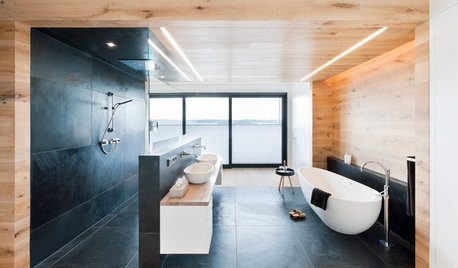
BATHROOM DESIGNDream Spaces: Spa-Worthy Showers to Refresh the Senses
In these fantasy baths, open designs let in natural light and views, and intriguing materials create drama
Full Story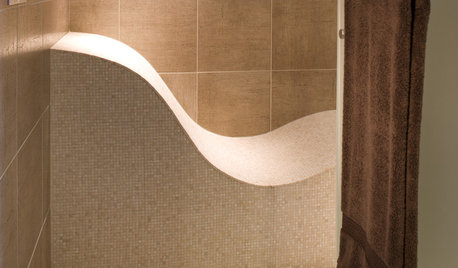
REMODELING GUIDESTop 10 Tips for Choosing Shower Tile
Slip resistance, curves and even the mineral content of your water all affect which tile is best for your shower
Full Story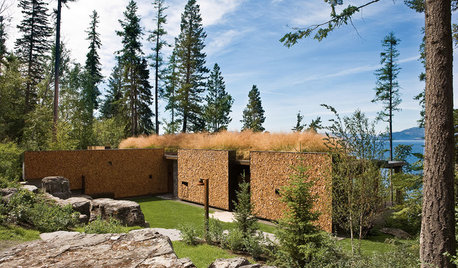
MODERN HOMESHouzz Tour: A Modern Take on a Montana Log House
Multiple buildings form a vacation compound that's more like environmental art than architecture
Full Story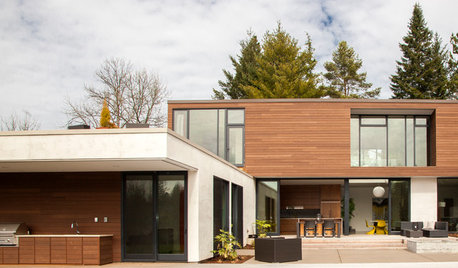
HOUZZ TOURSMy Houzz: Sleek Lines and Innovations in Portland
Behind these airy, contemporary interiors lie high-tech systems that lower utility costs while keeping the family comfortable
Full Story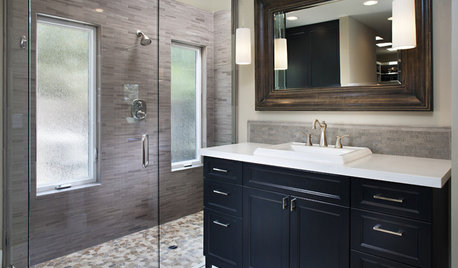
BATHROOM DESIGNThe Case for a Curbless Shower
A Streamlined, Open Look is a First Thing to Explore When Renovating a Bath
Full Story
REMODELING GUIDESCool Your House (and Costs) With the Right Insulation
Insulation offers one of the best paybacks on your investment in your house. Here are some types to discuss with your contractor
Full Story
GREEN BUILDINGInsulation Basics: Heat, R-Value and the Building Envelope
Learn how heat moves through a home and the materials that can stop it, to make sure your insulation is as effective as you think
Full StorySponsored
Most Skilled Home Improvement Specialists in Franklin County
More Discussions








worthy
badfish22Original Author
Related Professionals
Oak Hill Architects & Building Designers · Accokeek Home Builders · Commerce City Home Builders · Ives Estates Home Builders · McKinney Home Builders · South Sioux City Home Builders · Ames General Contractors · Cedar Hill General Contractors · Columbus General Contractors · Elmont General Contractors · Marietta General Contractors · Markham General Contractors · Nampa General Contractors · Phenix City General Contractors · Solon General Contractorsenergy_rater_la
badfish22Original Author
badfish22Original Author
energy_rater_la
david_cary
worthy
energy_rater_la
renovator8
renovator8
roger_kathy
energy_rater_la